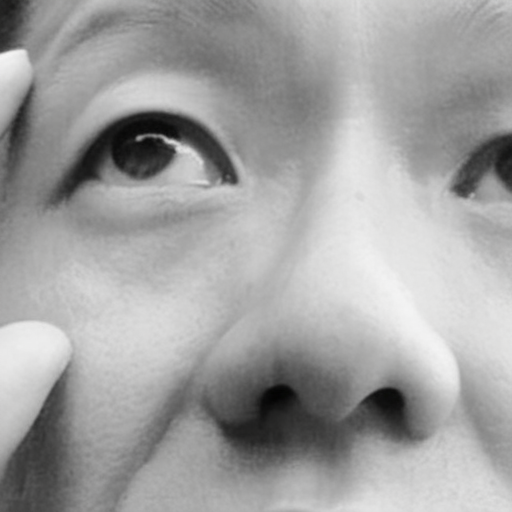How to identify if you have phantom glasses syndrome?
Phantom glasses syndrome is a condition where a person experiences the sensation of still wearing glasses even after removing them. This condition is commonly experienced by people who have worn glasses for a long time and have recently started to transition to not wearing glasses. The feeling of still having glasses on can be confusing and uncomfortable, but it is usually a temporary condition. In this article, we will discuss how to identify if you have phantom glasses syndrome.
Briefly Summarized how to identify if you have phantom glasses syndrome
1. Feeling like you are still wearing glasses even after taking them off.
2. Continuously touching your nose, eyes, and ears to confirm whether you are actually not wearing glasses.
3. Feeling confused or uneasy about not wearing glasses.
4. Changes in your vision like blurriness or lack of clarity.
5. Feeling slight pressure or discomfort in your eyes.
One of the most common symptoms of phantom glasses syndrome is the feeling of still having glasses on even after taking them off. This feeling can be accompanied by the sensation of pressure on the nose or eyes. The person may also touch their nose or eyes repeatedly to confirm if they are still wearing glasses.
Another symptom of phantom glasses syndrome is changes in vision. The person may experience blurred vision or see halos or glare around objects. This is because the brain is still adjusting to the absence of glasses.
If you have been wearing glasses for a long time and are experiencing these symptoms, it is possible that you have phantom glasses syndrome. However, it is important to consult an eye doctor to rule out any underlying medical conditions that may be causing these symptoms.
To diagnose phantom glasses syndrome, the eye doctor will perform a comprehensive eye exam to check the person's vision, eye health, and eye muscle function. The doctor may also ask the person about their history of wearing glasses and any recent changes in their vision or eye health.
If the doctor determines that the person has phantom glasses syndrome, they will recommend a treatment plan. This may include gradually reducing the amount of time the person wears glasses each day until they can comfortably go without them. The doctor may also recommend exercises to strengthen the eye muscles, as well as cognitive-behavioral therapy to help the person adjust to not wearing glasses.
If you are tired of wearing glasses or find them too heavy, or if your skin is sensitive and prone to irritation where it comes into contact with glasses, you may want to consider wearing titanium glasses . They can provide you with a lightweight and comfortable wearing experience, and they won't cause skin irritation.
. They can provide you with a lightweight and comfortable wearing experience, and they won't cause skin irritation.
















































































































